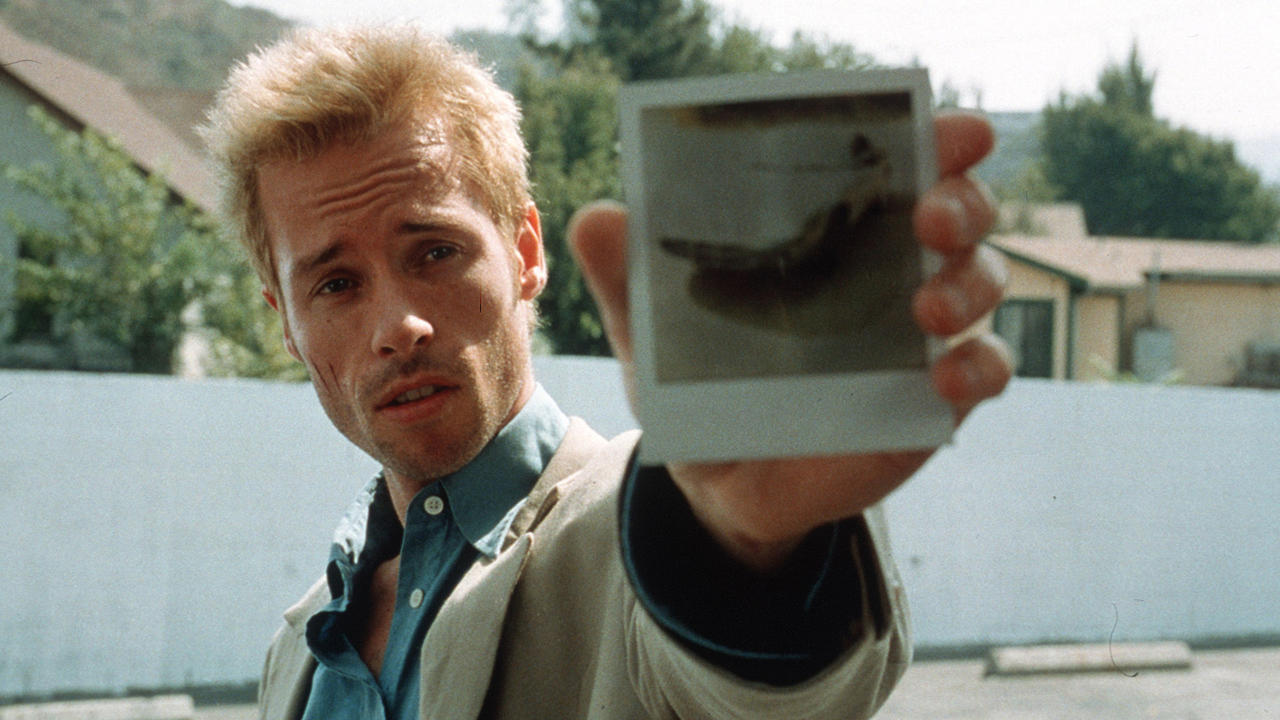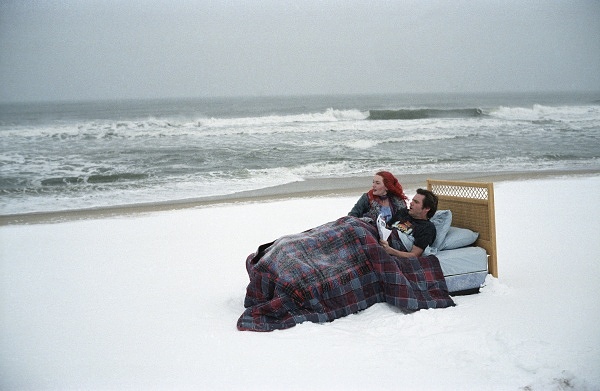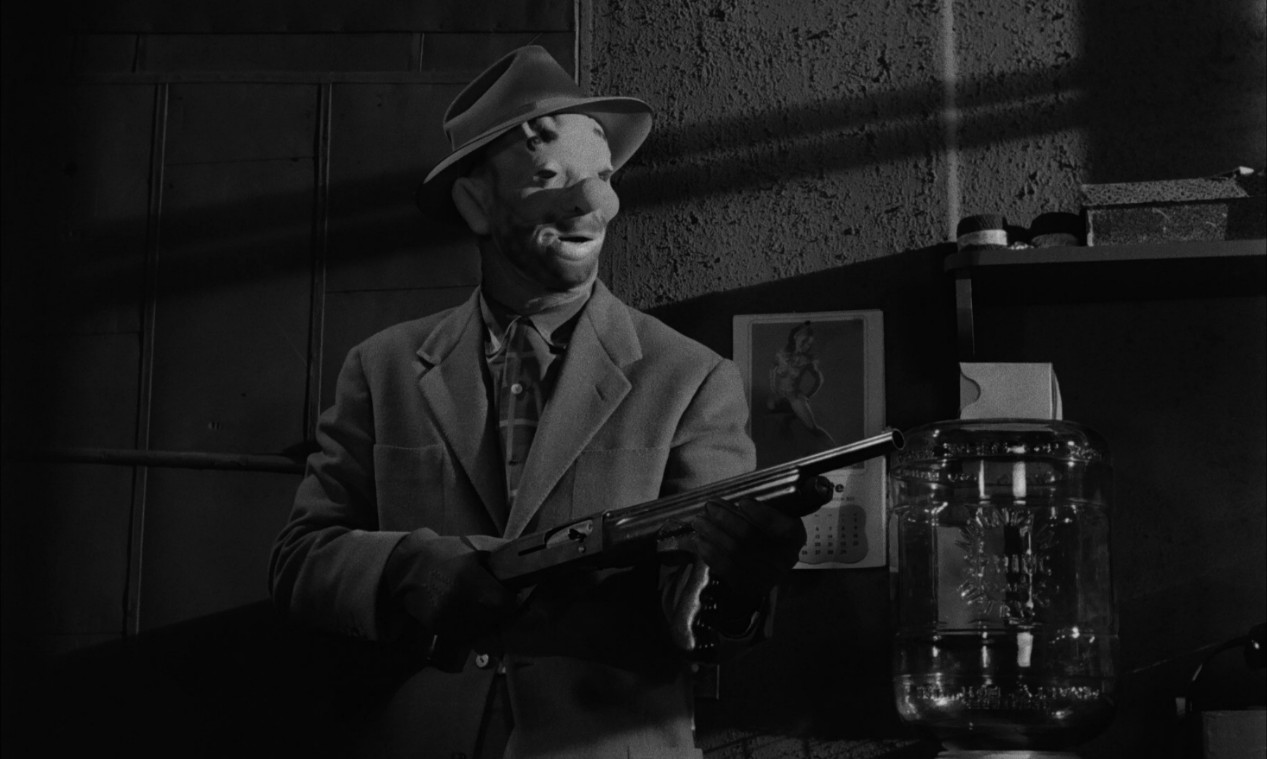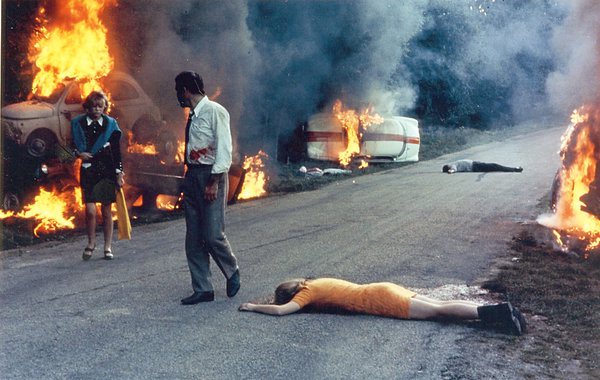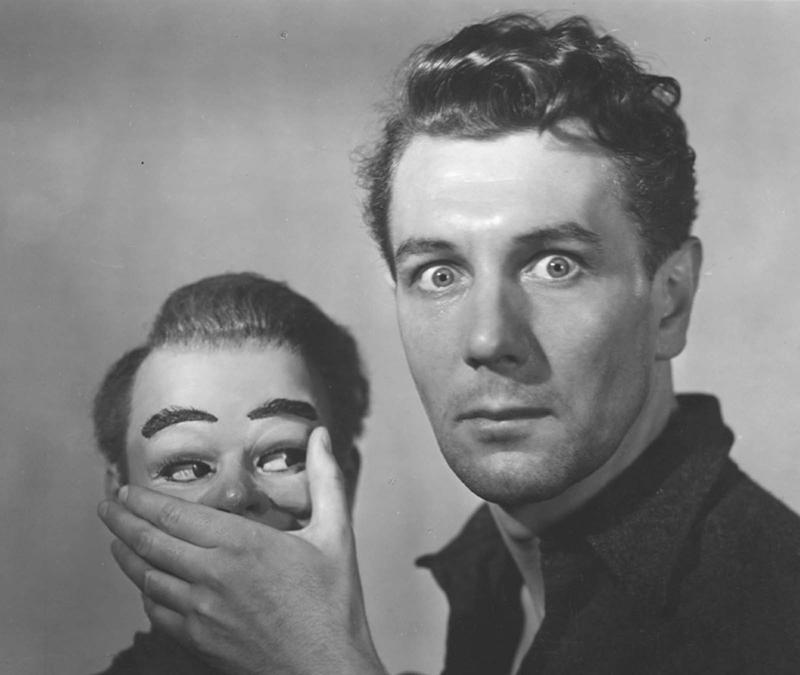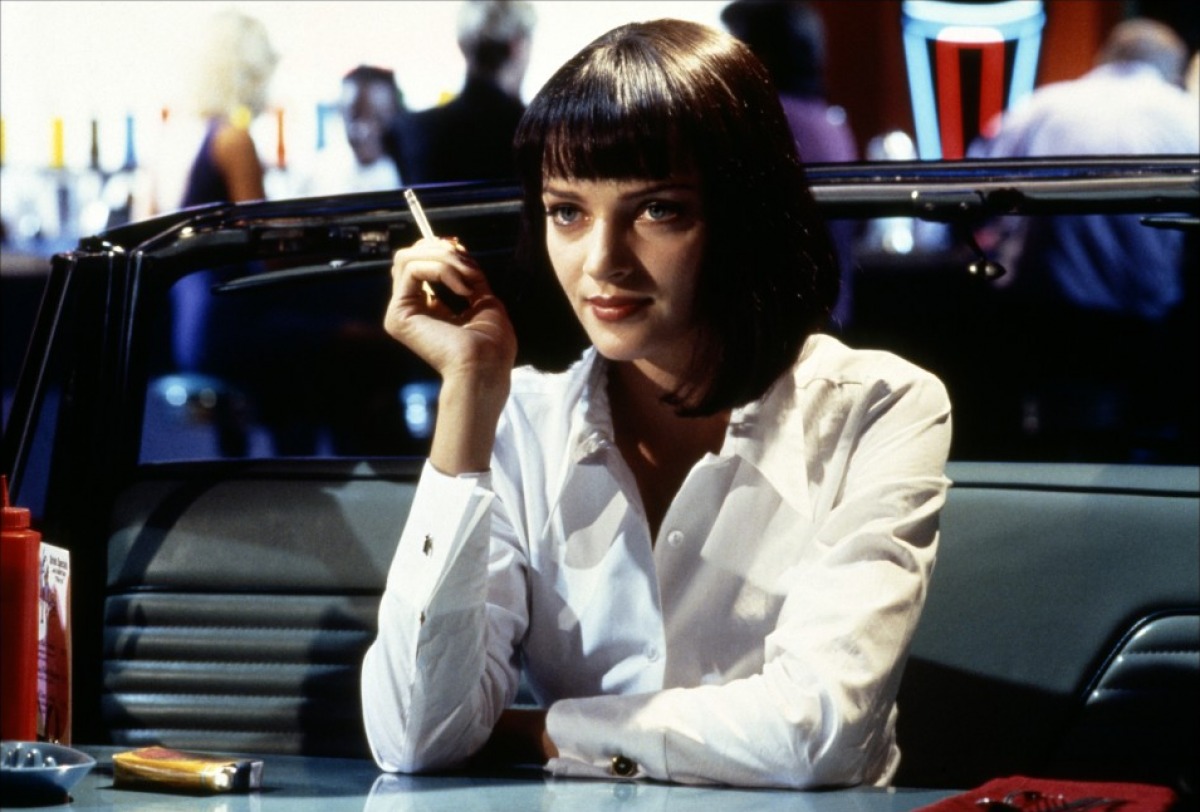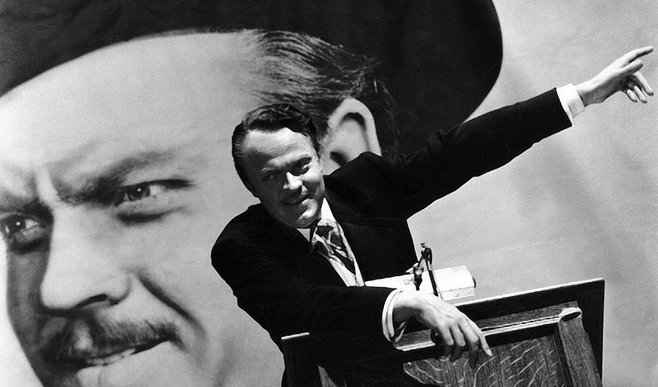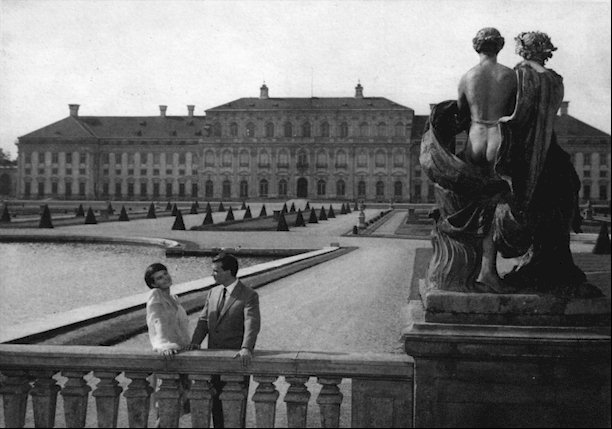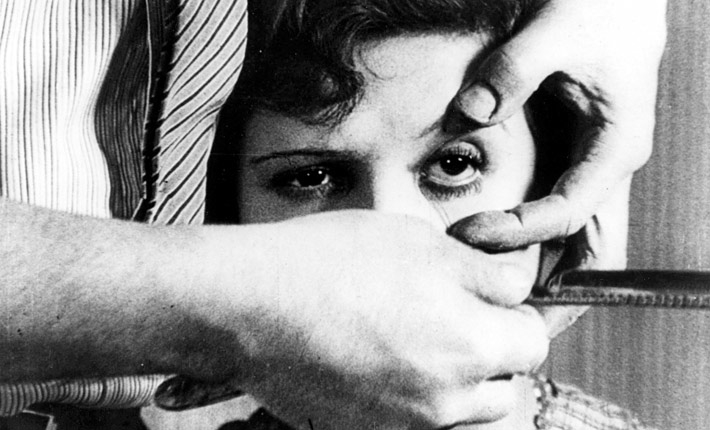10. Memento (Christopher Nolan, 2000)
Memento instantly became a cult upon its release. A post-noir exercise about the relations of memory with identity, perception and defense mechanisms, Momento is a revenge story about a man suffering anterograde amnesia tries to avenge the murder of his wife. Based upon a short story written by Jonathan Nolan and filmed in twenty five days, Memento is regarded as on one of the best films of the 2000’s.
9. Mulholland Drive (David Lynch, 2001)
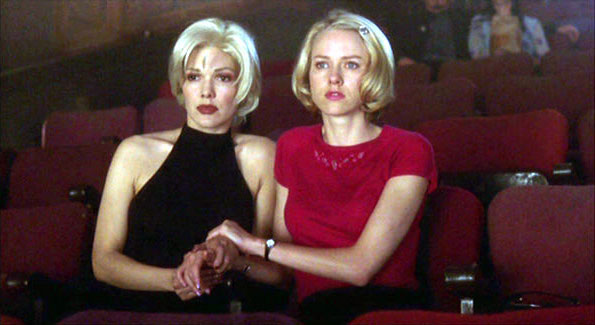
Mulholland Drive, a delirious fusion of nightmares and dreams, is a major exercise of non-linear narratives.
Set upon a dark Los Angeles, where nothing is what it seems to be, the film’s plotline follows the mysterious and unconscious reconstruction of the events surrounding a car accident.
Cryptic, puzzle-like and surrealistic, Mulholland Drive was depicted as a defiance against narrative order; also, as an intoxicating liberation of the sense and one of David Lynch’s finest works.
8. Eternal Sunshine of the Spotless Mind (Michel Gondry, 2004)
A gem of postmodern cinema and a fresh re-invigoration of romantic comedies, Eternal Sunshine of the Spotless Mind is another open challenge of the canons of narrative order. Disorientating but playful and rhythmic, its overall acclaimed script got Charlie Kaufman more awards.
Set upon a melancholic atmosphere, Eternal Sunshine of the Spotless Mind is a polished exploration about memory and, particularly, about the relations between memory and heartaches.
7. The Killing (Stanley Kubrick, 1956)
The Killing is one of 50’s noir cinema’s most important titles and a definitive moment in Stanley Kubrick’s filmmaking career.
Following a noir story of crime, passion and treason, The Killing depicts the events that escalate a meticulous and systematic robbery to an atrocious massacre.
Despite its poor box office, The Killing has won overall acclamation from critics and has exerted influences on numerous filmmakers.
Pioneer of the use of fractured timelines and of the depiction of a story from different characters’ perspectives, The Killing has influenced several films of different quality, from major blockbusters to cult productions as Quentin Tarantino’s Reservoir Dogs.
6. Weekend (Jean-Luc Godard, 1967)
Among other things, Jean-Luc Godard’s cult films are noted for their rejection to linear narratives. In that sense, they echo with Godard’s well-known affirmation “I agree that a film should have a beginning, a middle and an end but not necessarily in that order.”
Weekend is regarded as Godard’s first open defiance to linear narratives. Departing from those canons, Godard adopted a seemingly random chronology of events that endowed Weekend of a perpetual revitalization that keeps offering something different to its viewers.
A black comedy, Weekennd is a cruel mock of the Status Quo. Following a weekend trip, it depicts the collapse of society as understood by the bourgeois standards.
5. Dead of Night (Alberto Cavalcanti, Charles Crichton, Basil Dearden and Robert Hamer, 1945)
One of the best horror films ever made and a source of inspiration for series and filmmakers beyond Horror cinema, Dead of Night is reputed as the settler of circular narratives films.
Based upon stories from H.G. Wells, E.F. Benson, John Baines and Angus MacPhail, Dead of Night is a vivacious and cyclic exercise following a nightmare.
The film’s plotline depicts an architect’s breakdown at a party. Claiming to have seen everyone before and encouraged by the other guests to stay, the architect abides them as supernatural stories are told.
4. Pulp Fiction (Quentin Tarantino, 1994)
Quentin Tarantino’s masterpiece about American nihilism is regarded as a major contributor to the viral growth of nonlinear films.
An eclectic mix of humor and violence full of cinematic and pop culture allusions (the first major installment of the Tarantino’s seal), Pulp Fiction is a stylized intersection of a series of related storylines about crime and a briefcase.
It has been stated that Pulp Fiction owes its success mainly to its unconventional structure. It has also been stated that its self-reflexivity and devotion to dialogues and monologues make it elusive to the canons of most of the genres it has been related to. Nevertheless, Pulp Fiction is a defining moment in the history of cinema.
3. Citizen Kane (Orson Welles, 1941)
Citizen Kane was acclaimed as one of the best films ever made; several respected names have even held it as the best motion picture in the history of cinema.
Regarding its narrative, Citizen Kane, Orson Welles’ staggering directorial debut, is reputed as the first film master deployment of flashbacks. Entirely built on them, its depiction of power, ambition and success has been highly influential and insuperable since its revalorization.
Citizen Kane follows the life and legacy of Charles Foster Kane (portrayed by Orson Welles himself), a complex and memorable character based upon Welles and William Randolph Hearst.
2. Last Year at Marienbad (Alain Resnais, 1961)
Last Year at Marienbad, an overall acclaimed Avant-garde film about a woman and a man ghastly exploring through flashbacks of open space and time whether they had met before or not, is a nearly incomprehensible fusion of reality with fiction.
Last Year at Marienbad’s energy and lack of commitment with causality has fascinated as well as confused critics and audiences upon its release. Though openly ambiguous, the film offers an endearing statement about uncertainty.
There is an open invitation for the viewer of Last Year at Marienabad. He can try to fulfill the film’s deliberated holes or he can let himself go across its vivid sequences. Whether he decides one option or the other, Last Year at Marienbad, one of the most influential Avant-garde films a major surrealist exercise, is an experience worth to be taken.
1. Un chien andalou (Luis Buñuel, 1929)
Perhaps the most studied Surrealist film, Un chien andalou has been regarded as the first major achievement of Avant-Gard Cinema.
Buñuel and Salvador Dalí masterfully exploited the Surrealism wide known aesthetic and epistemological elements to offer a product of vivid spontaneity that not even their subsequent L’Age d’Or could overcome.
Un Chien Andalou deliberately broke with its contemporary cinematic stereotype which was based upon Aristotelian sense of representation and traditional lineal narratives. As a result, the film was warmly received and hailed by all its contemporary Avant-garde pioneers.
There is a vast amount of memorable sequences in Un chien andalou; the infamous sequence of the eye is the best-known one. In order to force the viewers to embrace wild imagination hailed by Surrealism, Buñuel developed from the beginning of the film a traumatic experience for them; an experience he always felt particularly proud of.
Author Bio: Emiliano is a 23-year-old Ethics and Logic professor in a mexican high school, his favorite directors are Gaspar Noé, Lars von Trier, Stanley Kubrick and Wim Wenders.
